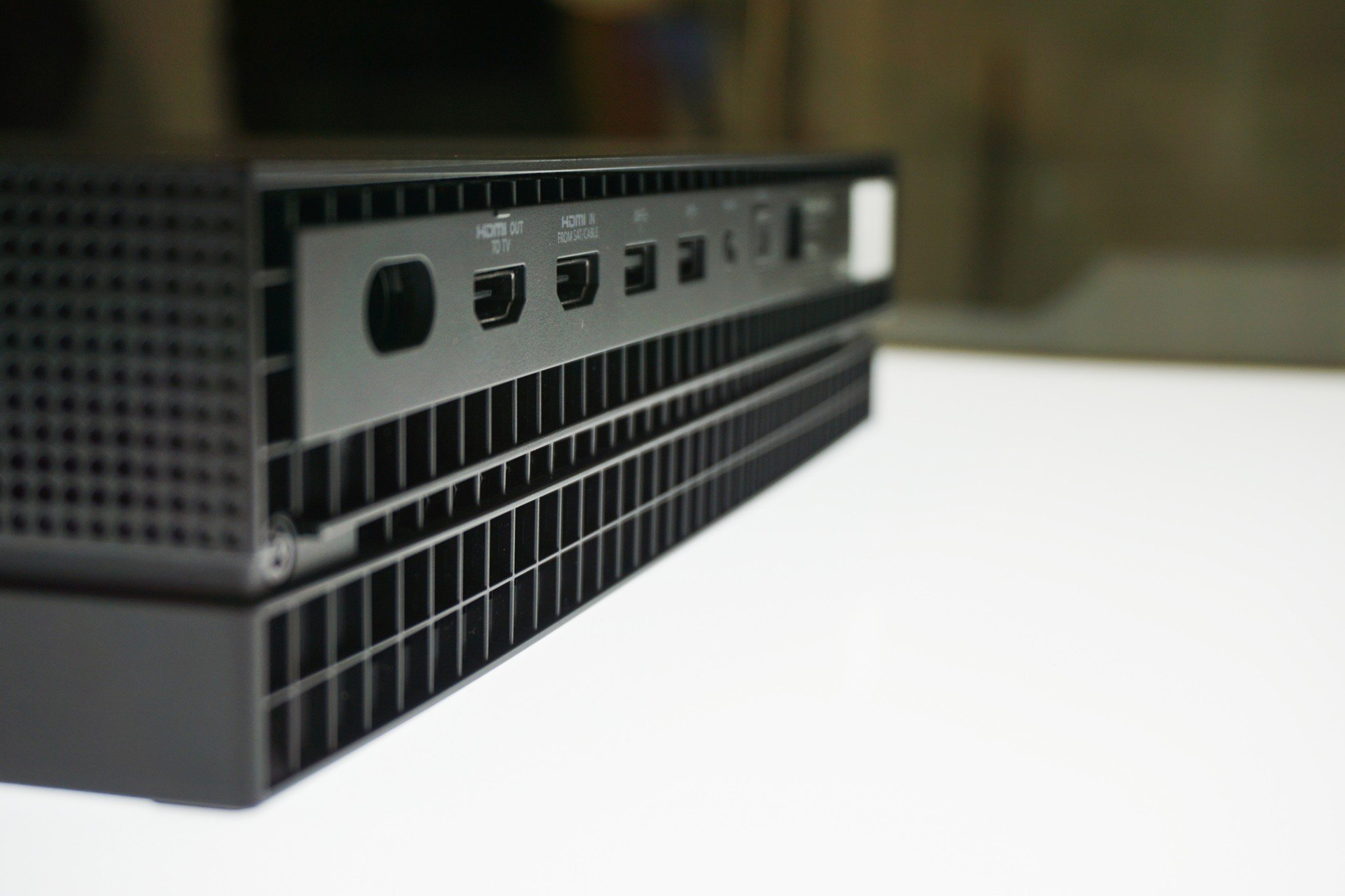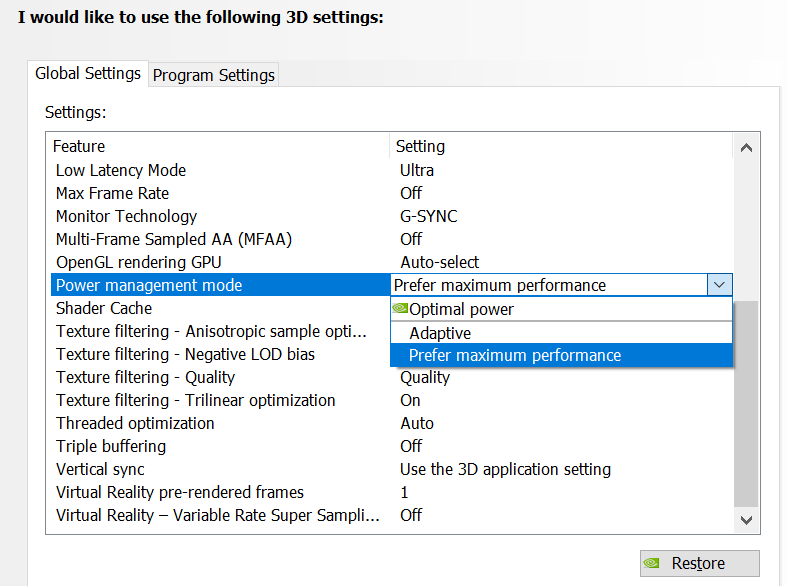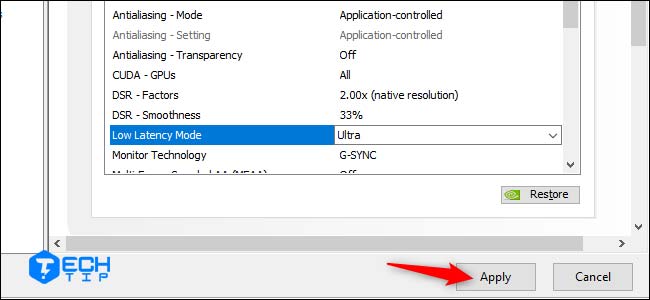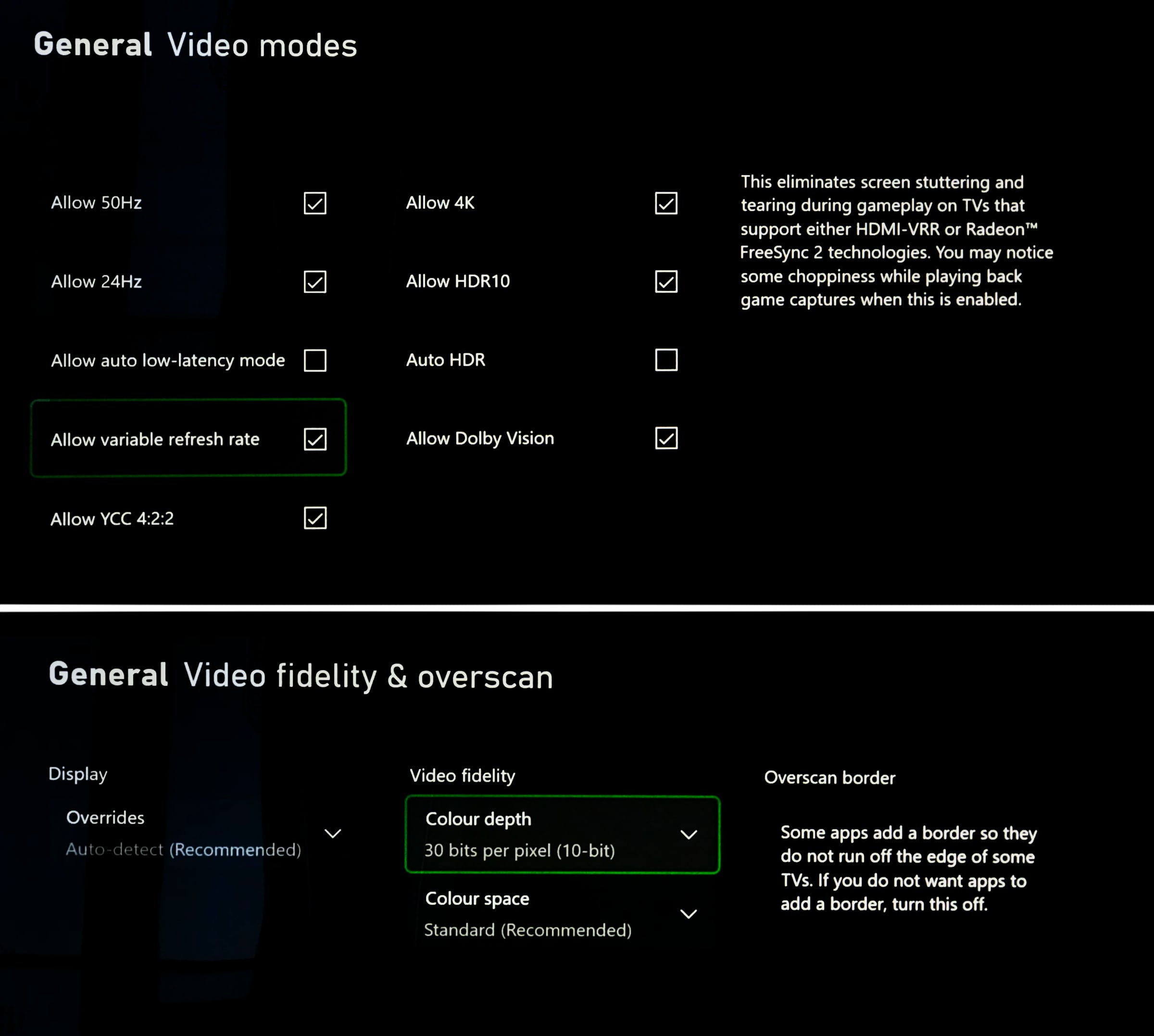- Denon Auto Low Latency Mode
- How To Allow Auto Low Latency Mode Meaning
- How To Allow Auto Low Latency Mode On Or Off
- How To Allow Auto Low Latency Modem
- Xbox One Allow Auto Low Latency Mode
- How To Allow Auto Low Latency Mode Decrease Fps
NVIDIA NULL (NVIDIA Ultra Low Latency) Mode now supports G-SYNC monitors. However, you need to set it up right to actually enjoy the benefits.

In this guide, we will share with you the benefits of turning on NVIDIA NULL, and how to set it up properly for G-SYNC monitors!
It cleared up some latency issues, but not all of them. I'm still getting spikes and valleys. OBS bandwidth usage spikes and then dips for about half a second every 20seconds or so. Turning on the low latency mode limited how often this happens, but it still happens. I'll have to try CBR later tonight. I haven't streamed in over a month.

NULL : NVIDIA Ultra Low Latency
- Posted by Arokhantos: “Low latency mode suggestion” Suggestion add an auto setting where it enables and disabled based on gpu usage when gpu bound it toggles on and when you are not it turns off?
- Mar 22, 2020 Although, the good news here is that Auto Low Latency Mode can technically be added via a firmware update and this does mean that your TV or console might already have the feature.
- Aug 20, 2019 To do so, right-click your Windows desktop and select “NVIDIA Control Panel.” Click “Manage 3D Settings” under 3D Settings in the left sidebar. Select how you want to enable Ultra-Low Latency Mode. To enable it for all games on your system, select “Global Settings.”.
NVIDIA introduced NULL (NVIDIA Ultra Low Latency) Mode in the Gamescom Game Ready Driver in August 2019.
Before introducing NULL, NVIDIA let gamers reduce the number of frames in the render queue – allowing new frames to be sent to the GPU sooner, reducing latency and improving responsiveness.
NVIDIA NULL introduces just in time frame scheduling, submitting frames to be rendered just before the GPU needs them. This further reduces latency by up to 33%.
NVIDIA NULL mode has the most impact when the game is GPU-limited, with frame rates between 60 and 100 fps. It will let you enjoy better response times at high frame rates, without reducing graphics quality.
NVIDIA NULL + G-SYNC Support
From NVIDIA Game Ready Driver 441.08 onwards, NVIDIA NULL will support G-SYNC for a better tear-free, extra-responsive variable refresh rate gaming experience.
This chart shows how end-to-end system latency is reduced by up to 20% when VSYNC is turned on, with both NVIDIA NULL and G-SYNC enabled.
Lowering the end-to-end system latency by 20% means a 20% faster reaction time from when you click the button on your mouse, to when the action appears on the display.
However, you cannot just turn on NVIDIA NULL for it to work with your G-SYNC or G-SYNC compatible gaming monitor.
Recommended :Learn How To Add ReShade Filters To GeForce Experience!
How To Setup NVIDIA NULL For G-SYNC Monitors Correctly
Here is the proper method to setup NVIDIA NULL correctly for G-SYNC monitors :
- Download and install GeForce Game Ready 441.08 driver or newer.
- Open the NVIDIA Control Panel, and click on Manage 3D settings.
- Scroll down the Global Settings tab to Low Latency Mode.
- When you click on the options, you will have three choices :
Off : The game’s engine will automatically queue 1-3 frames for maximum render throughput
On : Limits the number of queued frames to 1
Ultra : Submits the frame just in time for the GPU to start rendering - Select the Ultra option for NVIDIA NULL
- Scroll down to Vertical Sync and select On.
- Navigate to Set up G-SYNC on the left navigation list of the NVIDIA Control Panel.
- Enable G-SYNC for both windowed and full screen mode.
Note : If your monitor supports both G-SYNC and ULMB, make sure G-SYNC is selected under the Monitor Technology drop-down list in Manage 3D settings. - In your games, you must disable V-SYNC. This will allow the NVIDIA Control Panel to correctly enable NULL for your G-SYNC monitor.
That’s it! Now you can enjoy ultra low latency response times with a tear-free gaming experience on your G-SYNC monitor!
Death Stranding : Get It FREE With GeForce RTX!
From now until 29 July 2020, you will receive a Steam code for the PC digital download edition of Death Stranding with the purchase of these selected GeForce RTX graphics card, laptop or desktop!
- GeForce RTX 2080 Ti : US | UK | AU | SG | MY
- GeForce RTX 2080 SUPER : US | UK | AU | SG | MY
- GeForce RTX 2080 : US | UK | AU | SG | MY
- GeForce RTX 2070 SUPER : US | UK | AU | SG | MY
- GeForce RTX 2070 : US | UK | AU | SG | MY
- GeForce RTX 2060 SUPER : US | UK | AU | SG | MY
- GeForce RTX 2060 : US | UK | AU | SG | MY
- GeForce RTX Laptops + Desktops : US | UK | AU | SG | MY
Recommended Reading

Go Back To >Gaming | Computer | Software | Home
Support Tech ARP!
If you like our work, you can help support our work by visiting our sponsors, participating in the Tech ARP Forums, or even donating to our fund. Any help you can render is greatly appreciated!
With the PS5 and Xbox Series X just around the corner, a lot of attention is being focused on gaming-specific features introduced as part of the HDMI 2.1 spec.
Much of that attention is focused on 4K@120Hz (also known as High Frame Rate or HFR) and VRR (Variable Refresh Rate), both very advanced features that are currently available on very few TVs.
By comparison, ALLM (Auto Low Latency Mode) is a far simpler little feature that won’t transform your gaming experience as such, but will subtly improve the experience of living with a TV that’s used for gaming as well as TV- and movie-watching. Best of all, its relative simplicity means it’s already available via lots of TVs and existing consoles – even those that don’t have HDMI 2.1 sockets.
What is ALLM?
ALLM stands for Auto Low Latency Mode, and all it does is automatically switch to the TV’s gaming preset, or Game Mode, when a gaming signal is detected. That’s it. Simple, right?
Why is Game Mode important?
Modern TVs are constantly processing and enhancing the picture being shown, whether that’s sharpening edges, enhancing the contrast, adding vibrancy to colours, digging up more dark, smoothing motion or upscaling the signal to fit the display. The problem is that all of this processing takes time. Not lots of time (we’re talking milliseconds here), and when you’re simply watching something there’s no reason for you to notice any delay between the signal going into the TV and being displayed on the screen – but it is enough time to manifest as lag when playing games.

This type of lag is specifically referred to as ‘input lag’, and it can make a massive difference when gaming. Just 100-200ms of input lag can make certain games almost unplayable.
That’s why almost all TVs now have a Game Mode or simply a Game picture preset. At their core, all these modes do is switch off most, if not all, of the TV’s active picture processing, but most manufacturers optimise further in order to beat their rivals to the lowest input lag possible.
How low are we talking? Samsung and LG’s top-tier 2020 TVs are broadly in the 11-14ms range, which is ludicrously fast. In fact, that’s arguably unnecessarily fast: while some hardcore gamers will claim that they can feel any degree of input lag, most agree that anything under 40ms is imperceptible and many people won’t notice anything under about 100ms.
The benefit of ALLM
Traditionally, you would have had to manually switch Game Mode on when playing a game in order to get the best performance possible, then manually switch it off afterwards to get the best picture for movies and TV, but ALLM makes such inconveniences a thing of the past.
Denon Auto Low Latency Mode
ALLM doesn’t simply activate every time you turn on your console, either: it’s intelligent enough to differentiate between playing a game and watching a movie via a streaming app or Blu-ray, even if you use your Xbox for all of those things.
Which game consoles have ALLM?
Of the current-gen consoles, the Xbox One X and Xbox One S support ALLM, but it’s not a feature of any versions of the PS4 – even the PS4 Pro.
The good news is that the PS5 is expected to support ALLM, and we know for a fact that both the Xbox Series X and Series S will.
Which TVs support ALLM?
There are actually too many TVs that already support ALLM for us to list them all individually, so let’s take a broad look at each of the major manufacturers:
LG and Samsung lead the way on gaming features such as ALLM and VRR and boast the lowest input lag scores in the business.
ALLM was applied pretty much across the LG range in 2019, so if you’ve bought a model (OLED or LCD) since then, chances are you’re ready to go.
How To Allow Auto Low Latency Mode Meaning
Samsung actually introduced ALLM earlier, in 2018, but that year it was restricted to the company’s QLEDs and higher-end LCDs (NU8000 and above). Pretty much all 2019 and 2020 models have the feature.
How To Allow Auto Low Latency Mode On Or Off
Panasonic also added ALLM to its TV range in 2019. If you’ve got an OLED model or an LCD from the 800-series (GX800 in 2019 and HX800 in 2020) or above, you should have access to the feature.

Philips is another manufacturer that added ALLM in 2019, in this case across the whole OLED and LCD range.
How To Allow Auto Low Latency Modem
Given that it actually makes games consoles, it’s rather surprising and disappointing to discover that Sony is comfortably the worst major manufacturer when it comes to supporting gaming features in its TVs. Even ALLM, the simplest of these features, is only supported by one range – the XH90 (known as X900H in the US). We reviewed the KD-65XH9005 model recently and it’s great, but Sony really needs to up its gaming game for 2021 and beyond.
Of course, we do list ALLM in the specs of the models in our best gaming TVs round-up, so head there if you’re looking for a new TV for gaming.
Xbox One Allow Auto Low Latency Mode
What about soundbars and AV receivers?
Of course, if your console goes through an AV amp or soundbar on its way to your TV, that will also need to support ALLM if you’re going to take advantage, and support here is fairly patchy.
AV amp owners will likely fair best, particularly those with a Denon in their system as that company features it across most of its models launched since 2018 (many of the older products got it via a firmware update). Yamaha’s new 2020 models will be getting ALLM, too.
In soundbar-land there’s a strong shift towards support for ARC (Audio Return Channel) and eARC (Enhanced Audio Return Channel), which allow models to receive high quality audio signals (including Dolby Atmos) via HDMI. If your soundbar supports one of these, we’d recommend connecting your console directly to your TV in order to take advantage of its ALLM and/or VRR features, as well as its low input lag, and then have the audio sent out from the TV to the soundbar.
How To Allow Auto Low Latency Mode Decrease Fps
MORE:
